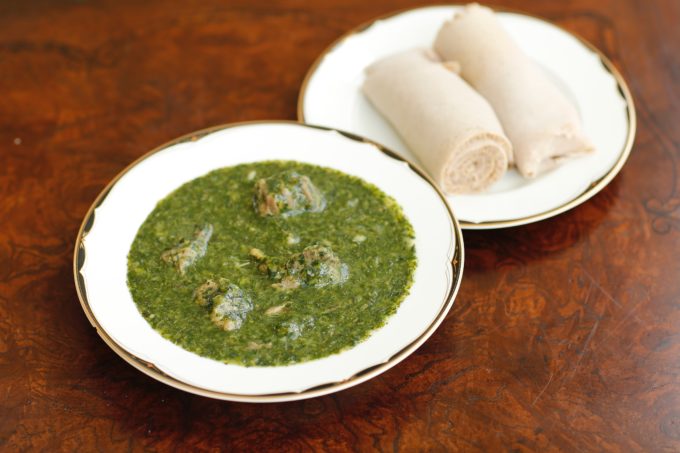Introduction: Traditional methods of food preservation in South Sudan
Food preservation is crucial in South Sudan, where food shortages and famine are common occurrences due to unpredictable weather patterns and ongoing conflicts. Traditional methods of food preservation have been used in the country for centuries, enabling communities to preserve food for longer periods and ensuring a stable food supply throughout the year. The four most common methods of food preservation in South Sudan are drying, smoking, fermentation, and salt-curing.
Drying: An ancient technique for food preservation in South Sudan
Drying is an ancient technique for preserving food in South Sudan and is still widely used today. The most common foods dried are fish, meat, fruits, and vegetables. The drying process involves exposing the food to sun and wind until it is completely dehydrated. This method is particularly effective in preserving fish, which is a staple food in many South Sudanese communities. The dried fish can be stored in a dry place for up to six months, providing a reliable source of protein during the lean seasons.
Smoking: A common method for preserving meat in South Sudan
Smoking is a popular method of preserving meat in South Sudan, especially among pastoral communities. The meat is hung over a fire and smoked for several days until it is dry and hard, making it resistant to spoilage. The smoke also adds flavor to the meat, making it more palatable. This method is particularly effective for preserving beef and goat meat, which are commonly eaten in South Sudan.
Fermentation: The process of preserving vegetables in South Sudan
Fermentation is a process that involves the use of bacteria or yeast to break down the natural sugars in food, creating lactic acid. This acid acts as a preservative, preventing the growth of harmful bacteria. In South Sudan, fermentation is commonly used to preserve vegetables such as cabbage, carrots, and tomatoes. The vegetables are placed in a container, covered with water and salt, and left to ferment for several days. This method not only preserves the vegetables but also increases their nutritional value by increasing their vitamin content.
Salt-curing: A popular method of preserving fish in South Sudan
Salt-curing is a popular method of preserving fish in South Sudan. The fish is rubbed with salt and then left to dry in the sun for several days. The salt removes moisture from the fish, making it resistant to spoilage. This method is particularly effective for preserving Nile perch, which is a common fish in South Sudan.
Conclusion: The continued importance of traditional food preservation methods in South Sudan.
Traditional methods of food preservation have played a critical role in ensuring food security in South Sudan for centuries. These methods have allowed communities to preserve food for longer periods, ensuring a stable food supply throughout the year. Despite the availability of modern food preservation methods, traditional methods continue to be used in many parts of the country due to their effectiveness and affordability. The continued use of these methods is essential in ensuring food security and reducing food waste in South Sudan.

